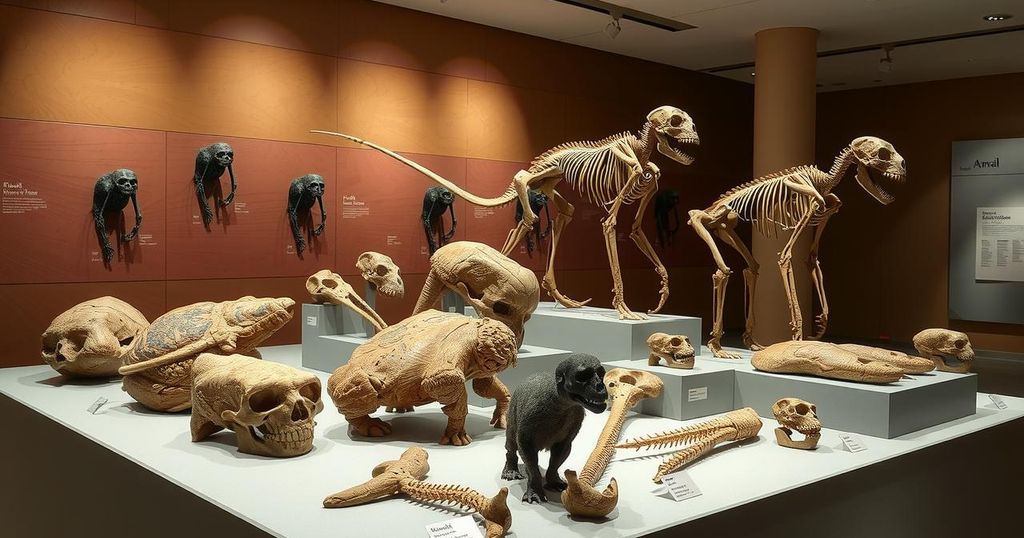NASA Unveils Innovative Research on Metal Alloys and Thermal Management
NASA has developed new techniques for assessing thermophysical properties of metal alloys and measuring thermal diffusion. Research includes the use of ESA’s Electromagnetic Levitator for alloy solidification studies and the validation of ferrofluid technology for spacecraft thermal management. These innovations promise improved reliability and efficiency across various applications.
NASA has unveiled innovative methods to assess the thermophysical properties of metal alloys, crucial for industrial processes such as casting. By comparing predictive models with experimental data, researchers aim to enhance the reliability of these properties, including surface tension and viscosity. An ESA investigation utilized the station’s Electromagnetic Levitator, which eliminates interference from containers, allowing scientists to deeply explore the solidification and growth of titanium-based alloys.
In recent studies, methods to measure thermal diffusion in mixtures have been presented, focusing on the Soret coefficient—the temperature-induced movement ratio. These techniques carry significant implications across geophysics and mineralogy, particularly for resource location beneath the Earth’s surface. ESA investigations like the Selectable Optical Diagnostics Instrument dissected how vibrations influence diffusion, exploring the complex interactivity of particles in liquids, and unearthing valuable insights for modeling underground oil reservoirs.
Ferrofluid technology has emerged validated for thermal control in spacecraft, representing a leap towards more resilient and efficient thermal management systems. Research from Überflieger 2 highlights how magnetized liquids can manipulate components, reducing wear associated with mechanical systems. This groundbreaking approach not only promises lowered material costs but also minimizes maintenance needs, fostering longer mission lifespans and bolstering crew safety.
The study of thermophysical properties and thermal diffusion is pivotal for advancements in both aerospace and resource exploration sectors. Metal alloys, particularly titanium-based ones, play a significant role in manufacturing processes where precise temperature control is essential. Understanding how heat and particles behave in microgravity can uncover new strategies for resource extraction and enhance technology used in spacecraft thermal management, leading to improved reliability and performance.
In summary, NASA’s latest research highlights innovative approaches to understanding metal alloy properties and thermal diffusion, which have critical implications for industrial applications. Also, the validation of ferrofluid technology proposes a future with safer and more efficient thermal management systems in spacecraft. These studies not only propel scientific knowledge but also pave the way for practical advancements in various industries, from space exploration to resource management.
Original Source: www.nasa.gov




Post Comment